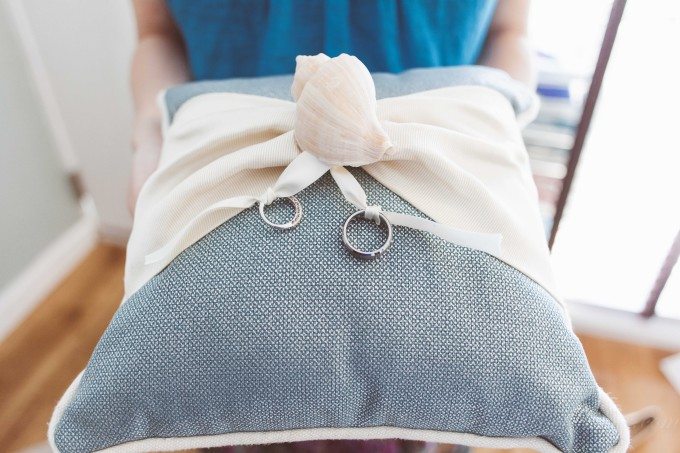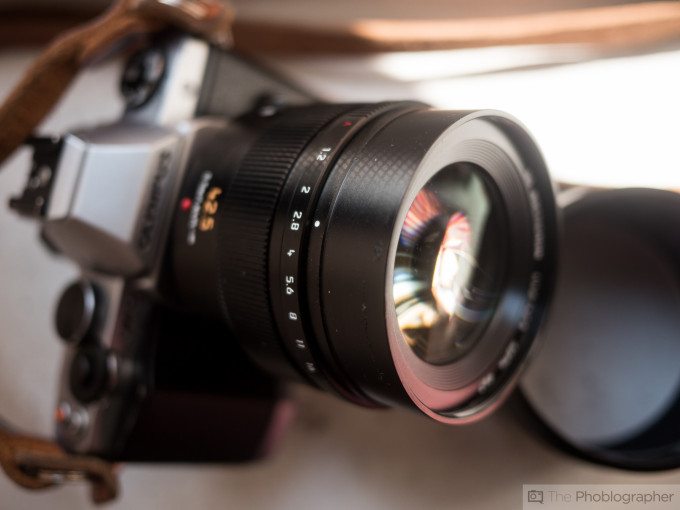It’s very easy to become obsessed with bokeh–look at the cinema and television industry. Watch famous movies of Tarantino, Nolan, or television shows like Arrow or American Horror Story and you’ll see that the world’s best cinematographers use lots and lots of bokeh. In the same way that cinematographers use bokeh to tell a story, photographers should use bokeh to tell a story and transmit a presence and feeling into the viewer that grabs them and forces them to pay attention.
We’re not at all saying that photographers need to be more cinematic–but instead we’re saying that many photographers need to start thinking about bokeh in a different way.
There are many elements and components to an image. A few are:

– Main subject
– Background
– Foreground
– Middle ground
– Composition
– Exposure
– Content
Yes, all of this is important to an image. And it comes to telling a story and putting as much information into a photo as possible, bokeh should be used with the other compositional elements to give the viewer an idea of where in the scene to look. In cinema, lens pullers ensure that their subject is always in focus while bokeh blurs the rest of the scene into oblivion. There is usually just enough detail in the bokeh for the viewer to be able to tell and discern where the scene of the story is taking place.
But in that same way, photographers should use bokeh to force a viewer into a specific part of the photo in order to tell the story that they want to tell in the way that they want to tell it. Indeed, this is part of the journalistic idea of framing–which specifically defines how you tell the story based on your own opinion and point of view. Bokeh, when used in this way, is used as a compositional story element that aids in the progression of the story.
So what kinds of stories are we talking about? Documentary, photojournalistic, wedding, and event photographers should use bokeh to tell stories and make their viewers focus on specific parts of the scene. Many professionals already do this, but as photographers continue to grow, they should learn to use bokeh only as a storytelling tool that tells their viewers where to look in the scene.
Seems a bit obvious? It indeed can–but consider the many folks out there that shoot simply just for the bokeh instead of telling a story or any real compositional theme.
Use bokeh to make your images better at delivering messages–not as a crutch.


